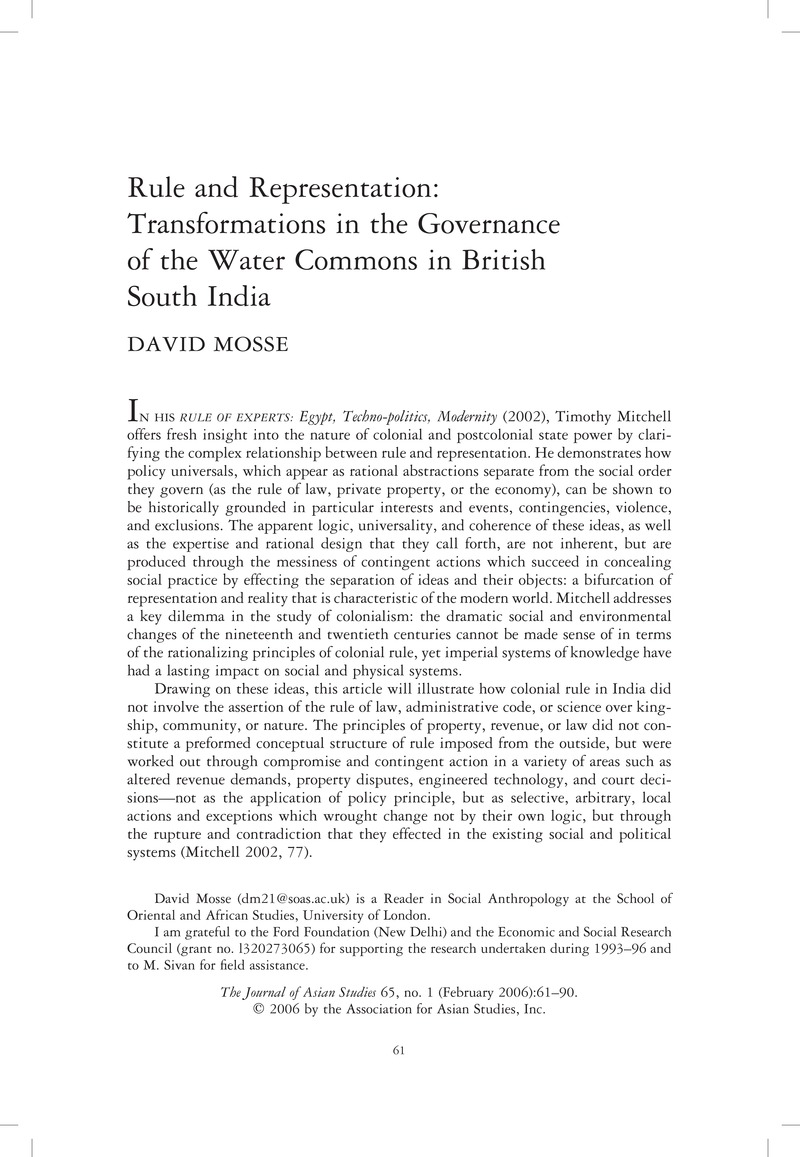Crossref Citations
This article has been cited by the following publications. This list is generated based on data provided by Crossref.
Palmer-Jones, Richard
2011.
Ashok Gulati and Shenggen Fan (eds). 2007. The Dragon and the Elephant: Agricultural and Rural Reforms in China and India. Baltimore: Johns Hopkins University Press for IFPRI. xxxvi+548 pp. £25.50 ISBN 978-0-8018-8787-1.
Journal of South Asian Development,
Vol. 6,
Issue. 1,
p.
126.
Serra, Renata
2011.
The Promises of a New Social Capital Agenda.
Journal of Development Studies,
Vol. 47,
Issue. 8,
p.
1109.
Arango, Luisa
2013.
Les réseaux d’approvisionnement en eau a El Islote (Colombie).
Journal des anthropologues,
p.
267.
Sundaresan, Jayaraj
Allen, Adriana
and
Johnson, Cassidy
2017.
Urban Water Trajectories.
Vol. 6,
Issue. ,
p.
35.
Ramesh, Aditya
2018.
The value of tanks: maintenance, ecology and the colonial economy in nineteenth-century south India.
Water History,
Vol. 10,
Issue. 4,
p.
267.
Sinha, Ranu
Gilmont, Michael
Hope, Robert
and
Dadson, Simon
2019.
Understanding the effectiveness of investments in irrigation system modernization: evidence from Madhya Pradesh, India.
International Journal of Water Resources Development,
Vol. 35,
Issue. 5,
p.
847.
Harrison, Elizabeth
2020.
‘People are willing to fight to the end’. Romanticising the ‘moral’ in moral economies of irrigation.
Critique of Anthropology,
Vol. 40,
Issue. 2,
p.
194.
Roy, Tirthankar
2021.
Why geography matters to the economic history of India.
Australian Economic History Review,
Vol. 61,
Issue. 3,
p.
273.
Sarkar, Anindita
and
Sarkar, Amrita
2025.
Governing the Ungovernable: Mapping the Development of Groundwater Irrigation and Groundwater Policies in India.
World Water Policy,


